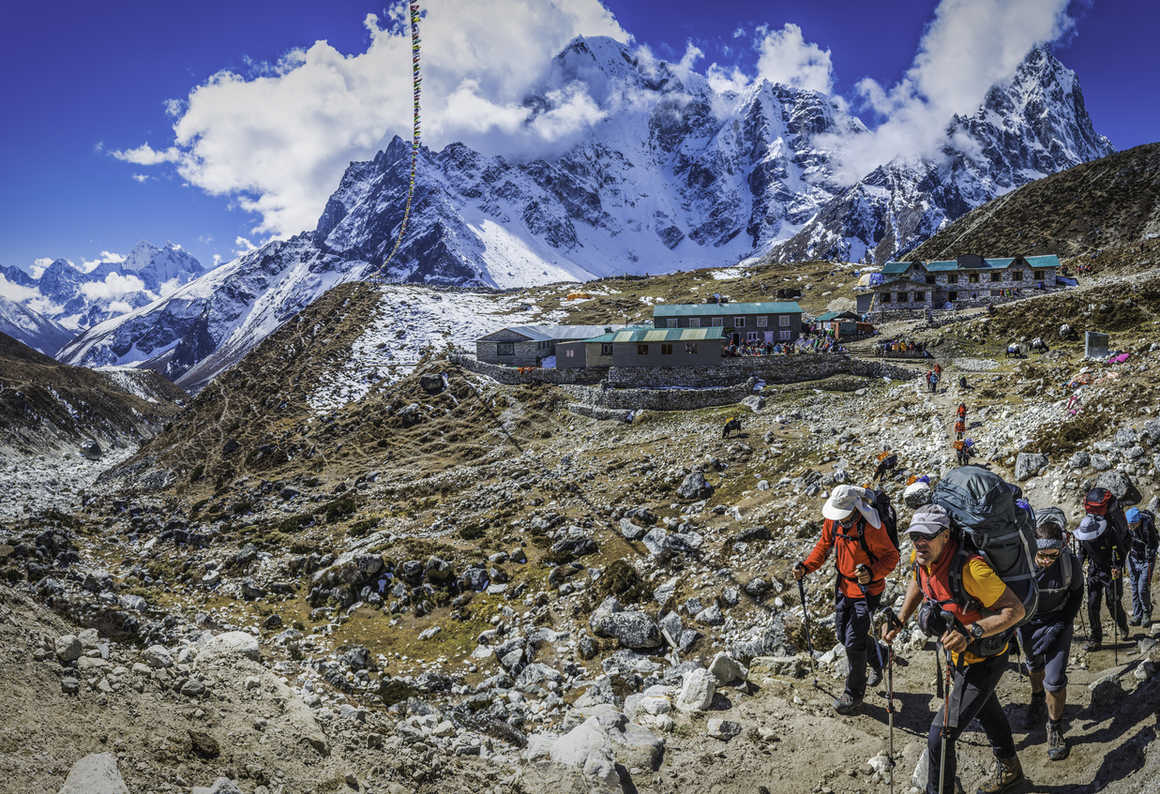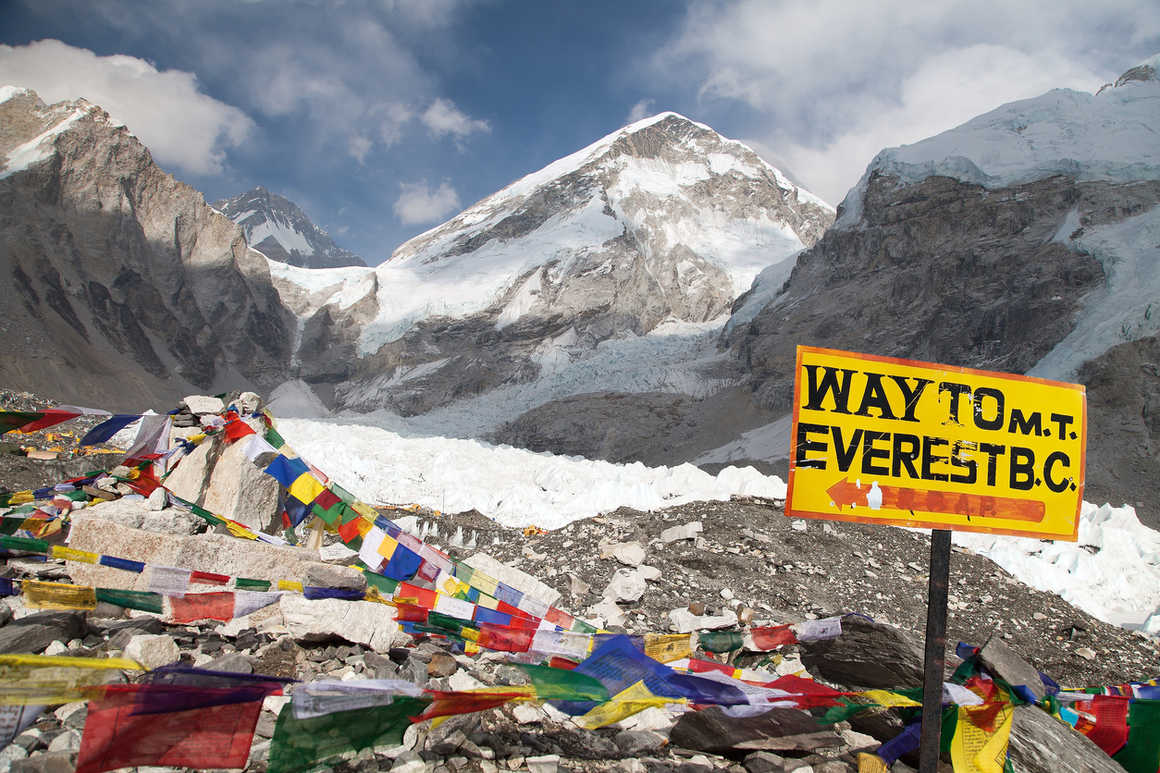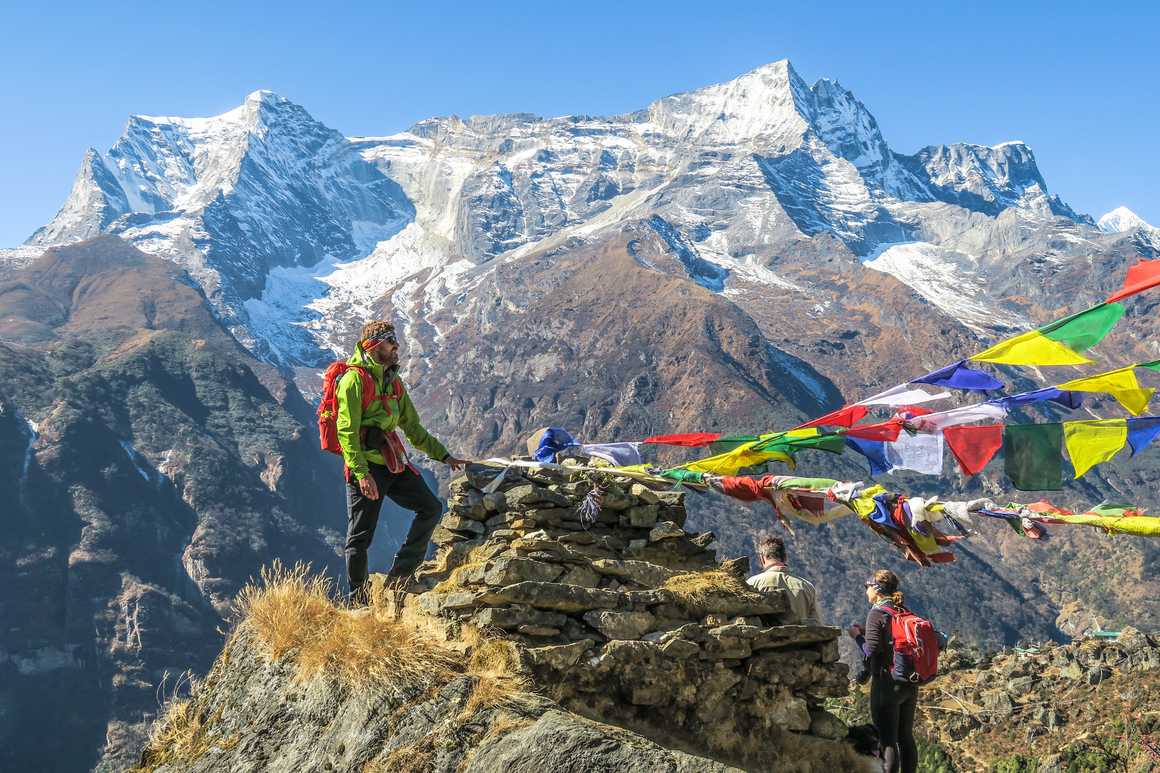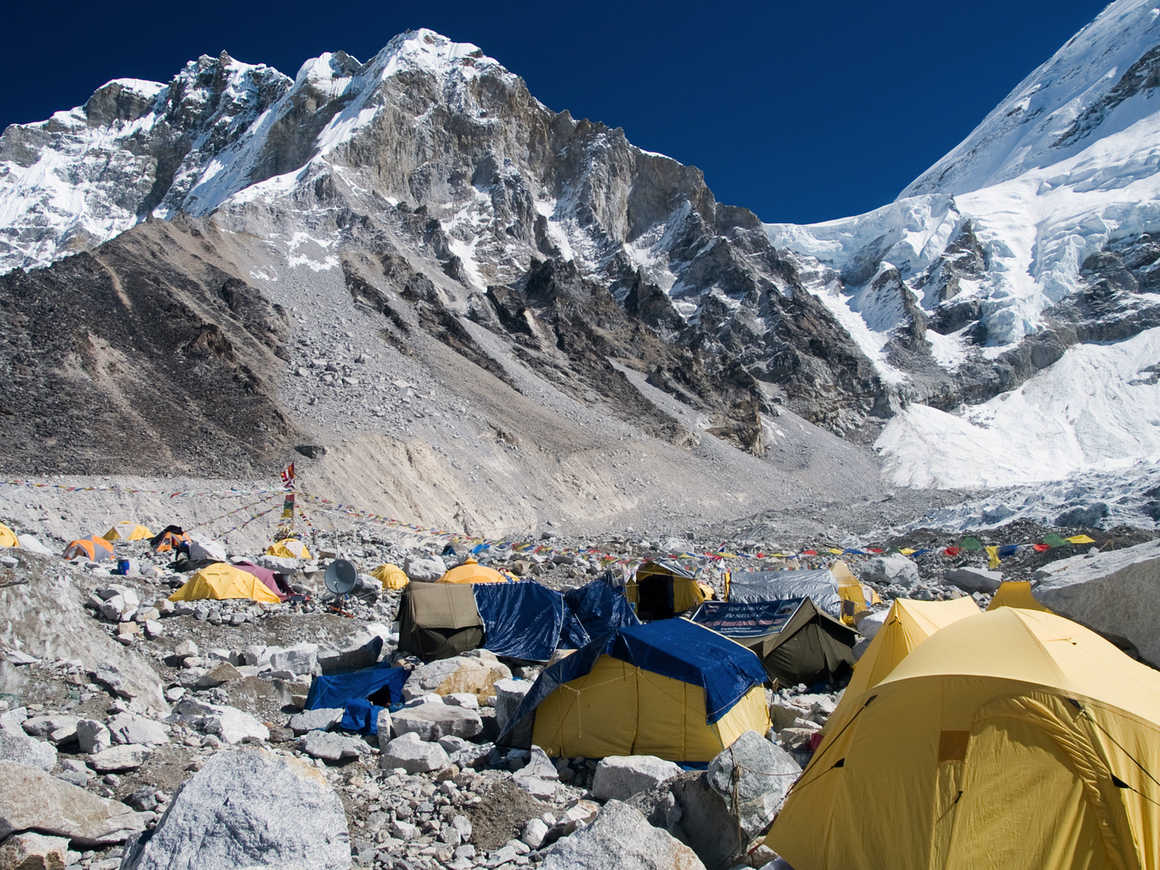Preparing for Your Trip to Everest Base Camp
Conquering Everest Base Camp requires a good level of
fitness and a determined mindset. Lasting around 12 days with travel days on
either side, the trip to Everest Base Camp will test both your physical and mental
strength so it is important to know what to expect when you get there and how
you can prepare for it ahead of time.
If you are booked or looking to book onto a trip to Everest
Base Camp, you will need a training programme to ensure you are fit enough to
reach the end destination. You may be wondering how fit you need to be to climb
Everest Base Camp or what training you should be doing. Look no further than
our guide to training for climbing Mount Everest Base Camp for the ultimate
tour preparation.

How difficult is it to climb Everest Base Camp?
While the route is both physically and mentally demanding,
it has become one of the most popular hiking trails of all time, attracting
tens of thousands every year, because it is not a technical climb and requires
no real mountaineering skills. It’s worth bearing in mind that treks to Everest
Base Camp are made even more challenging by the trail’s steep, rocky terrain and
depending on the time of year you may also be trekking on snow towards the end.
Your guide will help navigate the terrain, but it’s important to stay alert and
aware of your surroundings.
One of the main concerns travellers have before booking a
Mount Everest Base Camp Expedition is altitude sickness. Symptoms of altitude
sickness include headaches and nausea, making it the climb more difficult as
you get closer to Base Camp. It is very difficult to predict who is or is not
vulnerable to altitude sickness and even the most experienced hikers may get it,
but precautions may be taken to limit its effects. The golden rule when hiking
at high altitude is to trek high and then descend to sleep low, allowing your
body to gradually become accustomed to lower pressure. You should also take the
trek slow and steady to keep your respiration rate low and drink much more
water than you think you need. Hikers may also choose to use Diamox, a
prescription drug, that helps prevent the symptoms of altitude sickness but you
should consult a doctor before using this method.
Kandoo Adventure’s Everest Base Camp expedition itineraries
account for resting breaks to allow you time to acclimatise to the high
altitude. By the time you reach Everest Base Camp, you will have lost almost
50% of the oxygen in the air. The lower levels of oxygen make breathing and any
exertion more taxing, making the altitude one of the most challenging aspects
of the trek.
How fit do I need to be to climb Everest Base Camp?
It is worth noting that you need to be fit enough to carry
your gear such as daypacks. You will also be given 2-3 litres of water to fill
your platypus or water bottle. Your daypacks should be no more than 5kg and
will be weighed before you begin your trek to Base Camp. The porters will carry
your main equipment from 10-15kg which will make the journey easier for you. The
services of an expert guide are included in the total Everest Base Camp Trek
cost.
For those preparing to take part on a once-in-a-lifetime
trip to Everest Base Camp, you will greatly benefit from a programme that
includes aerobic, cardiovascular and strength training to improve your overall
fitness and to ensure you are fit enough to reach Everest Base Camp
successfully.

What training should I do to climb Everest Base Camp?
Aerobic workouts
Aerobic training provides cardiovascular conditioning.
Aerobic training exercises are constant, continuous and increase the heart
rate. It increases the rate at which oxygen is passed from the lungs to the
heart and bloodstream. Having a good level of aerobic fitness means you can
exercise longer and harder without becoming tired. Aerobic activities you
should consider including in your Everest Base Camp training programmes are:
- Walking or running
- Swimming
- Biking
- Rowing
Strength training
Strength training helps you build muscle and develop better
body mechanics. You will need strong, conditioned legs to successfully tackle
the trek to Everest Base Camp so leg-conditioning exercises are a must. For
optimal fitness, full-body training is ideal as you want a strong core to
prevent injuries. Some of the most effective strength and conditioning full
body exercises include:
- Lunges
- Squats
- Push ups
- Planks
Hiking training
Practicing hiking is the best way to prepare your body for
Everest Base Camp trekking. Start your practice with a comfortable distance and
slowly build up your endurance, working your way up to hiking continuously for 8
hours a day. Challenge yourself by carrying similar equipment you will be
carrying on your Everest expedition and make sure to break in your boots!
Alternatively, if you are unable to train outdoors, treadmills and stair
machines offer great hiking practice.
Looking for training advice or a training plan in
preparation for one of our Everest Base Camp Treks? We recommend checking out Kate
Sielmann for her excellent mountaineering and trekking training programmes.
Mountain training in different parts of the world
For those embarking on a trip to Everest Base Camp from the
USA, mountain training destinations are much more diverse. There are plenty of
hiking trails located across the country’s enormous National Parks. Our training
ideas for Everest Base Camp in the USA blog details some of the best
walking destinations across the country to boost your mountain experience if
based in the USA.

How much training should I do to climb Everest Base Camp?
You should aim to hike 2-3 long walks per week to prepare
your body for hiking long distances. Start small and build up the difficulty
each time. Get to a level of fitness where you can walk for up to 8 hours with
minimal rests and choose hilly terrain whenever possible. Alternatively, you
can train for 45 minutes on a treadmill at a slow pace and incline as well as
10 minutes on a stair machine 2 times per week. Take a look at Kandoo
Adventure’s Nepal treks to explore our Mount Everest Base Camp daily
itineraries for training inspiration.
Unfortunately, one thing you can’t easily train for is
altitude. Ensuring you have a good level of physical health will give you the
best chance of being able to cope with the high altitude when trekking to
Everest Base Camp. Take it slow and steady and your training will pay off!
Should I climb Everest Base Camp before attempting Everest Peak?
Trekking Mount Everest Base Camp will act as part of your
training for summitting Everest and help you adjust to high altitude trekking,
however much more high level treks are needed to fully prepare to tackle the
tallest mountain in the world. Your route to Everest summit will require
walking to Everest Camp anyway unless you arrange a helicopter to take you to
base camp, however the trek will help with acclimatisation.
Recent Nepal climbing permit rules state that if you want to
attempt the hike to the summit of Everest you must be an experienced
mountaineer, have a certificate of physical fitness and have already climbed a
Nepali peak of at least 6,500m. As Everest Base Camp does not meet this
criterion, you will have to complete further mountain training in Nepal to be
able to climb Everest Peak.
Basically, if you’re attempting to climb Everest, you’ll
need to train hard and climb to much higher altitudes than Everest Base Camp.

Kandoo Adventure’s trips to Everest Base Camp
- Everest base camp – a classic 15-day trek to
Everest Base Camp
- Everest base camp (trek only) – a 13-day trek
with the same service and guides as the classic Everest Base Camp trek but
without private airport transfers and hotels in Kathmandu
- Everest base camp (overnight at EBC) – a 15-day
trek to Everest Base Camp with overnight stay and walk to the foot of the
Khumbu Icefall
- Everest base camp and island peak – a
challenging 21-day trek to Everest Base Camp and climb to Island Peak
- Gokyo Lakes – a tough 18-day trek to Everest
Base Camp, climb to Gokyo Ri and crossing of the Cho La pass
- Three Passes – a challenging 21-day trek to
Everest Base Camp visiting the Renjo La pass, Cho La pass and Kongma La pass
Climbing Mount Everest Base Camp is a challenging but
rewarding journey and with the right training, mindset and gear you will be
able to complete this incredible adventure.










